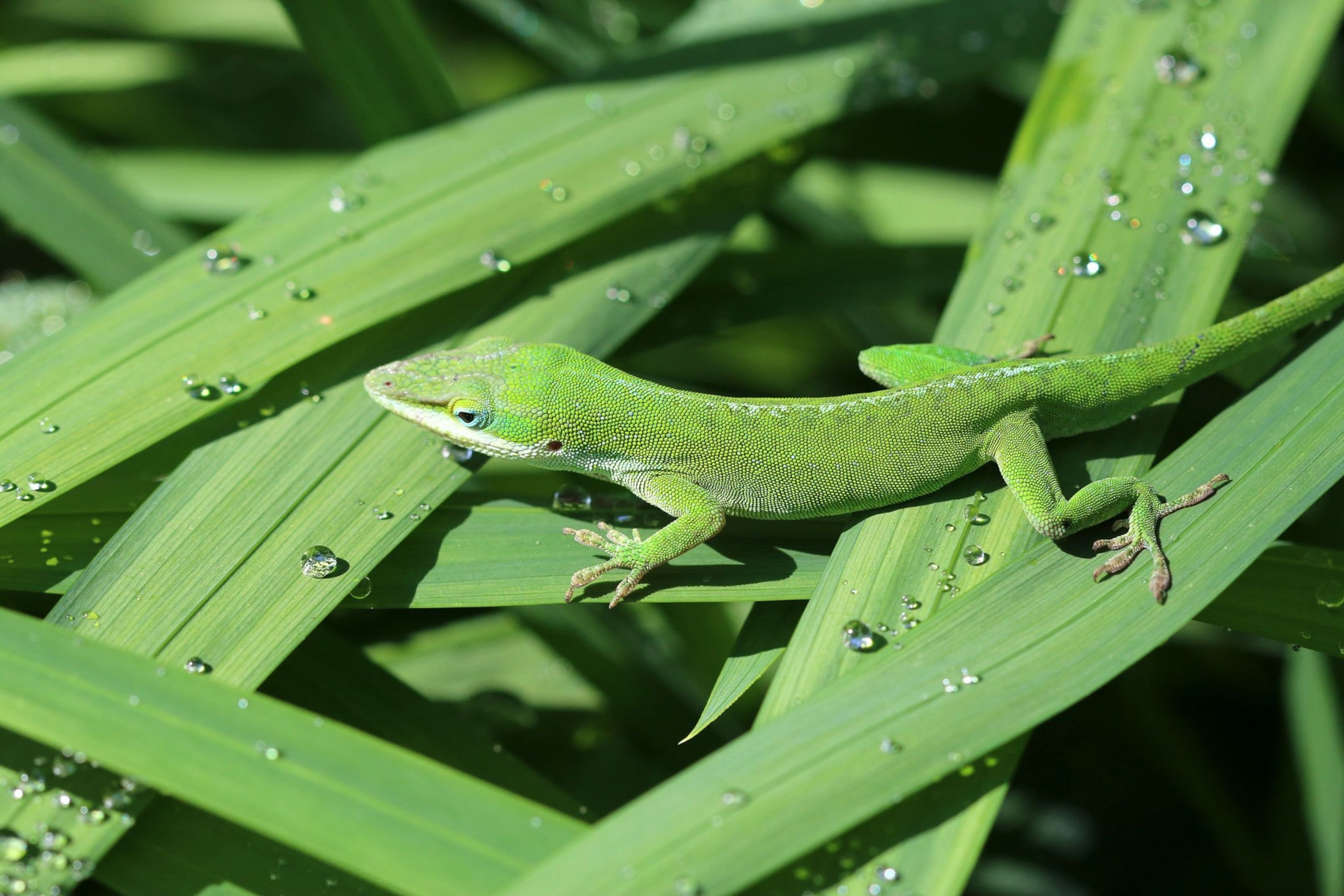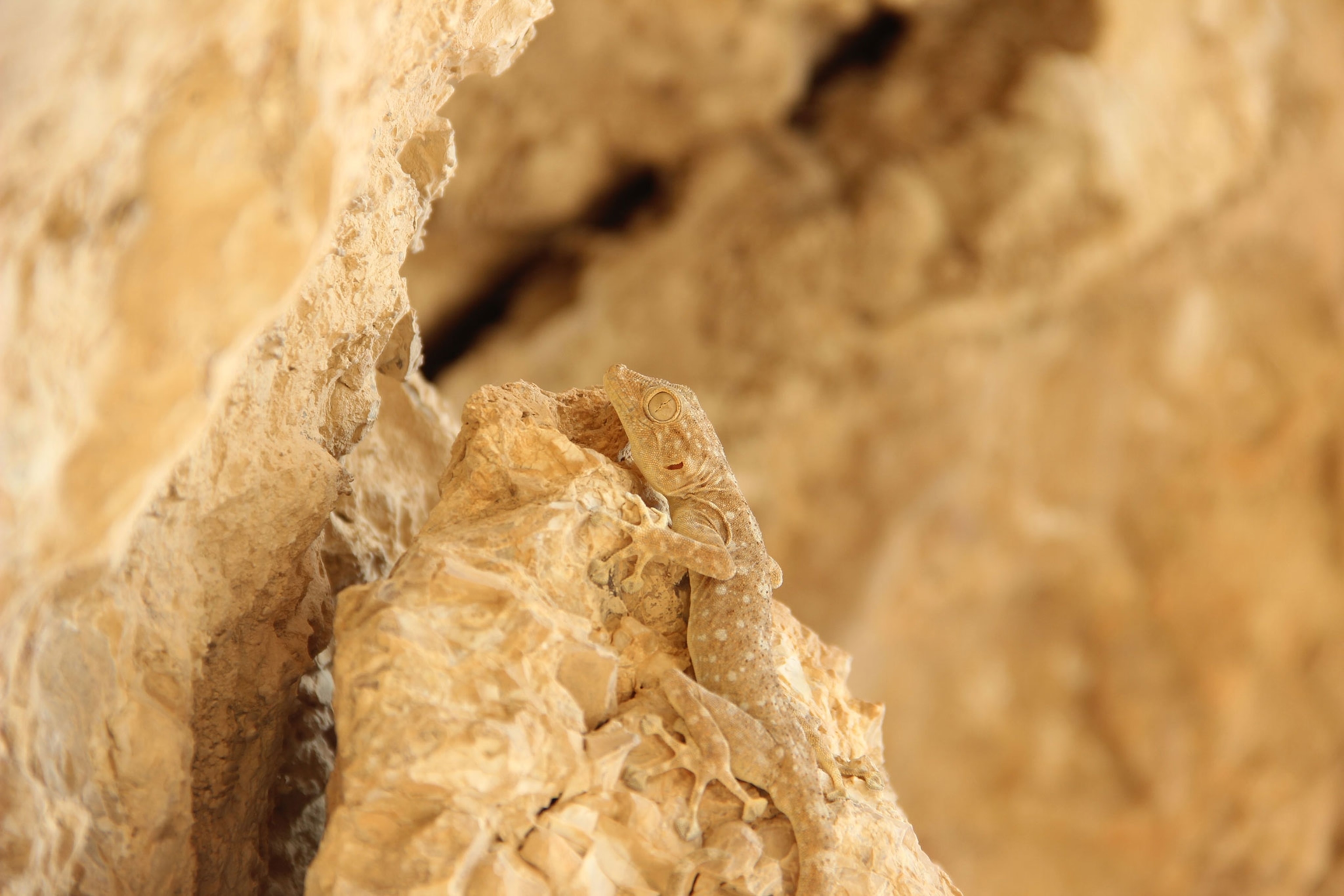Nature has a brilliant way of helping creatures survive through camouflage and mimicry. One of the most fascinating examples is caterpillars that resemble snakes. With their false eye spots, inflated bodies and snake-like movements, these tiny larvae have evolved to trick predators into thinking they are dangerous reptiles.
Why Would a Caterpillar Mimic a Snake?
For soft, slow-moving insects like caterpillars, every day brings the risk of getting eaten By mimicking snakes, they tap into predators’ instincts to avoid venomous serpents. A bird spotting what looks like a small snake will hesitate, and that split-second delay can allow the caterpillar to escape These disguises also deter larger insects, rodents, and reptiles from making them a quick snack. Mimicry gives caterpillars a crucial edge, helping improve their chances of surviving to adulthood.
Common Adaptations of Snake-Like Caterpillars
Caterpillars use clever physical and behavioral tricks to pull off their serpent disguises
-
False eye spots – Dark markings along the body resemble a snake’s eyes and face. They often have enlarged “eyes” on their thorax.
-
Inflated body segments – Caterpillars can expand their thorax to enlarge their “head” and eye spots.
-
Camouflage – Greens, browns, and patterns that blend with foliage. Some have stripes resembling a snake’s scales.
-
Defensive postures – Raising their front to imitate a snake poised to strike.
-
Erratic movements – Suddenly recoiling and winding their body as if to bite.
-
Osmateria – Specialized glands that release foul odors, like a snake’s musk.
13 of the Most Snake-Like Caterpillar Species
Here are some of the most uncanny caterpillars that fool predators with their serpent disguises:
1. Eastern Tiger Swallowtail
The green Eastern tiger swallowtail caterpillar develops large yellow and black “eyes” on its thorax. When threatened, it pulls its head back and inflates its body to better showcase its fake eyes.
2. Spicebush Swallowtail
This caterpillar’s huge fake eye spots and ability to mimic a snake’s striking posture provide effective defense. It spends its days hidden inside rolled up leaves.
3. Tersa Sphinx
With dramatic body patterns and eye spots on its first abdominal segment, the Tersa sphinx caterpillar looks disturbingly like a small snake ready to attack.
4. Great Orange-tip
When disturbed, the Great orange-tip caterpillar lifts its head and inflates its body segments to impersonate a green vine snake poised to strike.
5. Giant Swallowtail
Subtle eye spots and a foul-smelling osmeterium help the Giant swallowtail caterpillar mimic a snake’s appearance and defense mechanisms.
6. Gaudy Sphinx
The Gaudy sphinx caterpillar has vibrant bands, enlarged eye spots, and a projecting thorax for mimicking a snake’s triangular head.
7. Silver-spotted Skipper
This species uses false eye spots and a constricted “neck” to achieve a slight snake-like look and startle predators.
8. Two-tailed Swallowtail
With its huge, yellow-ringed eye spots and extendable foul-smelling osmeterium, the Two-tailed swallowtail convinces predators to steer clear.
9. Palamedes Swallowtail
The Palamedes swallowtail hides its actual head and inflates its thorax to scare off threats using its dramatic blue and black false eyes.
10. Abbott’s Sphinx
Irregular markings resembling scales help the Abbott’s sphinx mimic a small snake. It exposes large eye spots when disturbed.
11. Elephant Hawk Moth
The Elephant hawk moth caterpillar has subtle patterns and eye spots that help it impersonate a mildy venomous snake species when threatened.
12. Bedstraw Hawkmoth
This caterpillar’s vibrant colors, stripes, and horn give it a slightly serpentine look that deters some predators.
13. Pluto Sphinx
With cryptic markings and large expandable eye spots, the Pluto sphinx convincingly mimics a camouflaged snake and fools birds and small mammals.
Caterpillars Use Their Disguises to Survive
By tapping into predators’ innate wariness of snakes, caterpillars gain an invaluable edge in avoiding hungry animals that view them as an easy bite-sized morsel. Their elaborate disguises are a testament to how evolution has shaped specialized adaptations for defense and survival. While slightly unsettling, we must admire these tiny larvae’s ingenuity in using mimicry and deception to make the most of their vulnerabilities. Every caterpillar that escapes becoming a meal because of its snake masquerade lives to transform into the butterfly or moth it’s destined to be.
:max_bytes(150000):strip_icc()/GettyImages-1182930173-71cd6961f40a4d61bef59f2583f89de1.jpg)
Related: Can You Spot These Hidden Animals?

















































The Caterpillar That Looks Like a Snake | Untamed
FAQ
What caterpillar resembles a snake?
With two large, glistening eyespots, at first glance a spicebush swallowtail caterpillar looks like a snake. This clever ruse may help it escape predation by birds and other predators. Young caterpillars build shelters to avoid detection by clipping and folding leaves.
Are snake caterpillars poisonous?
The deadly caterpillars — within the South American genus called Lonomia — have a snakelike venom that interferes with blood clotting. Others have venoms that cause chronic, lifelong inflammatory problems, and a couple cause miscarriages in horses.
What caterpillar looks like a rattlesnake?
In all this variety, however, one would be hard-pressed to find a case of mimicry as impressive as that of the Gaudy Sphinx (Eumorpha labruscae) caterpillar. Late instars of this caterpillar bear an uncanny resemblance to a snake.
What is a brown caterpillar that looks like a snake?
A convincing disguise transforms the hawk moth caterpillar into a small snake to ward off potential predators. If it was a snake, it would have bitten them.
Do caterpillars resemble snakes?
However, there are a few cases of mimicry in which, at least to my eye, the caterpillar or pupa resembles a particular species of snake. Below I have included 3 examples that illustrate these wonders of evolution, along with pictures of the snake species that the caterpillar may be mimicking.
What does a green caterpillar look like?
The green coloration makes this caterpillar look even more like a snake, the venomous one as well. When disturbed, it lifts its head and it can inflate the segments around its front legs to imitate a snake. Both the coloration and posture that this caterpillar possesses is to look like the common green vine snake.
Which caterpillar resembles a green vine snake?
The caterpillar that resembles the green vine snake (Ahaetulla nasuta) can be found in India and Southeast Asia and is known as the red Helen swallowtail caterpillar. It looks like a scary green snake. When it feels threatened it has two-pronged horns that emit a foul odor, helping to deter any predators.
What does a caterpillar look like?
In the first three stages, the caterpillar resembles bird droppings, but by the fourth stage, it is too big and turns green or orange with large eye spots. At this stage, the caterpillar looks similar to a snake’s head. When they are startled, they curl their head under, raising themselves like a snake would raise its head.
Do some caterpillars mimic snakes?
Some caterpillars mimic snakes by having fake snake eyes and markings, and even duplicating their behavior. The great orange tip caterpillar, for example, lifts its head in a snake-like pose.
What does a brown caterpillar look like?
This brown caterpillar (Eumorpha labruscae) has large eye spots on the side of its head and a single eye spot at the rear of its body. It has yellow banding and patterns on the body that looks similar to a snake. Its head starts to bulge as it ages, helping it crease the shape of a snake’s head.
